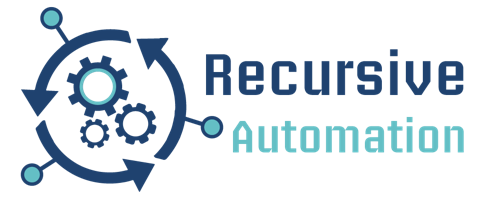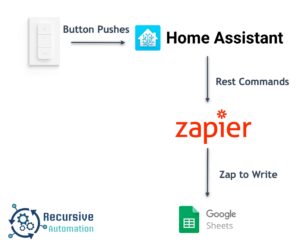
Everyone is looking for the latest enterprise productivity application. Whether it’s Notion or Microsoft’s Notion Clone Loop for Knowledge Management or Teams or Slack for Communication, there is always an app for what you are trying to do. I wrote about the latter, and hopefully, you’ll come to the same conclusion that I did … they are not the complete solution!
These tools sap your attention without helping you accomplish your tasks and goals. It would help if you had both a way to manage your tactical tasks, build towards your strategic goals, and reduce your time searching for information. It would help if you had a “productivity tool” augmented by you and your team’s considerable institutional knowledge.
I want to bring your attention to another set of tools that might increase your productivity: OKRs, Kanban Boards, and the Eisenhower Matrix. These tools help you build actual productivity, i.e., tactical tasks that feed your overall strategic goals. But you shouldn’t expect these tools to meet your needs. To do so, we need to augment your team’s knowledge and experience, a trove of information that you have accumulated but can rarely find. Let’s look at these productivity tools and see how they can be augmented through a Personal Knowledge Management tool.
OKRs

OKRs is an acronym that stands for Objectives and Key Results. This productivity tool helps with collaborative goal-setting. OKRs help to set Strategic Objectives and then identify tasks to meet those goals. By assisting team members set tactical level goals, they can define tasks to meet company-wide strategic objectives. These are used by most Tech Giants and are ideal where there are multi-faceted strategic goals that can be measured with data. Using OKRs at different company levels and at different time intervals allows these large companies to help individuals contribute to the overall goal by assigning them responsibility for results that fit within the larger picture. OKRs can help companies distill strategic goals into measurable tactical steps.
As you can see in the template above, each “letter” of the OKR can be augmented by tracking responsibilities, results, and interdependencies. Personal Knowledge Management tools can assist with backlinks. Backlinks are ways of connecting disparate topics with common keywords. By importing the results of your OKR review into an Enterprise Knowledge Management Tool, you and your team can augment the high-level tasks with not only the tactical tasks but the ideas, research, and input from team members to accomplish them. A single team member can also see how their work aligns with the overall goals, increasing buy-in and awareness of their value to the overall company strategy. This will help your enterprise productivity as your team changes because all of your institutional knowledge will be kept in one place.
Kanban Boards

Now that we have our strategic goals, it’s time actually to get to work! Kanban boards are great ways to track tactical tasks and allow the team to see where the project is. Multiple tools do this well (I prefer Trello), but the idea is the same over any of them. To do so, you want to create User Stories and track their progress.

Using a story card like the one to the left, you can see who is affected by the “story,” the steps to completing it, and how long it will take. This often requires aggregating research on how to implement a technical task, consumer research, and dependencies. Backlinks again to the rescue! Create a page for each of the tasks in your Knowledge Management Tool, and you can track dependencies, research, etc. You can also follow the overall “Epics” or Strategic Goals from your OKRs so you can see how each one is progressing.
If items fall off into the “Backlog” during your work, an Enterprise Knowledge Management Tool will hold on to all of your research, reasoning, and dependencies so you can easily pick them back up at a later time. Imagine how your enterprise productivity will increase over time, as all of your tasks can be traced back to the OKRs through a simple backlink!
Eisenhower Matrix
Below the team level, how do we organize our tasks? Whether you use GTD or a Task List like Todoist, you have to decide what you do each day. The Eisenhower Matrix is an excellent way of determining how to split up your most valuable asset time!
Classify your tasks into four quadrants:
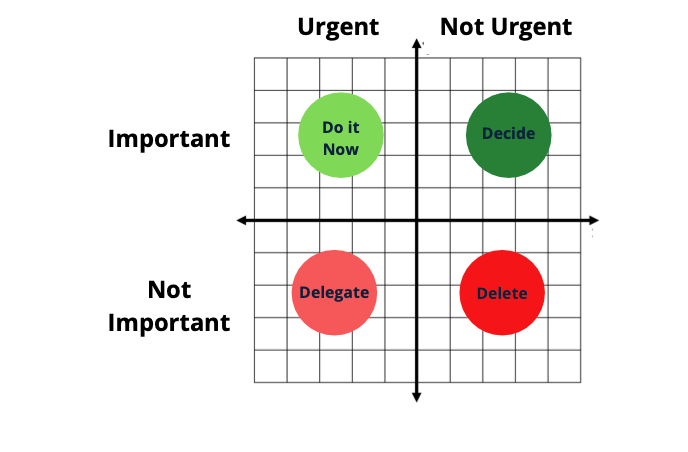
Once you have performed the above exercise and distributed your tasks take the items in the top left quadrant and get to work! A Knowledge Management Tool can help you keep track of these tasks as you work through them. Augment your task lists with research links or remember where a task came from! You never know when your Not Urgent and Not Important tasks become important or remember when the Important but Not Urgent tasks suddenly become urgent. Combining your tasks into an Enterprise Knowledge Management tool also allows for input … the tasks that you feel aren’t important can be picked up by another member of your team to help the overall progress of the spring or achieve your OKRs! Enterprise productivity gets another boost as you collaborate over your teams tasks, with all of the knowledge from you and your team.
Interested in tracking your completed tasks with Todoist, this article shows you how.
Personal Knowledge Management
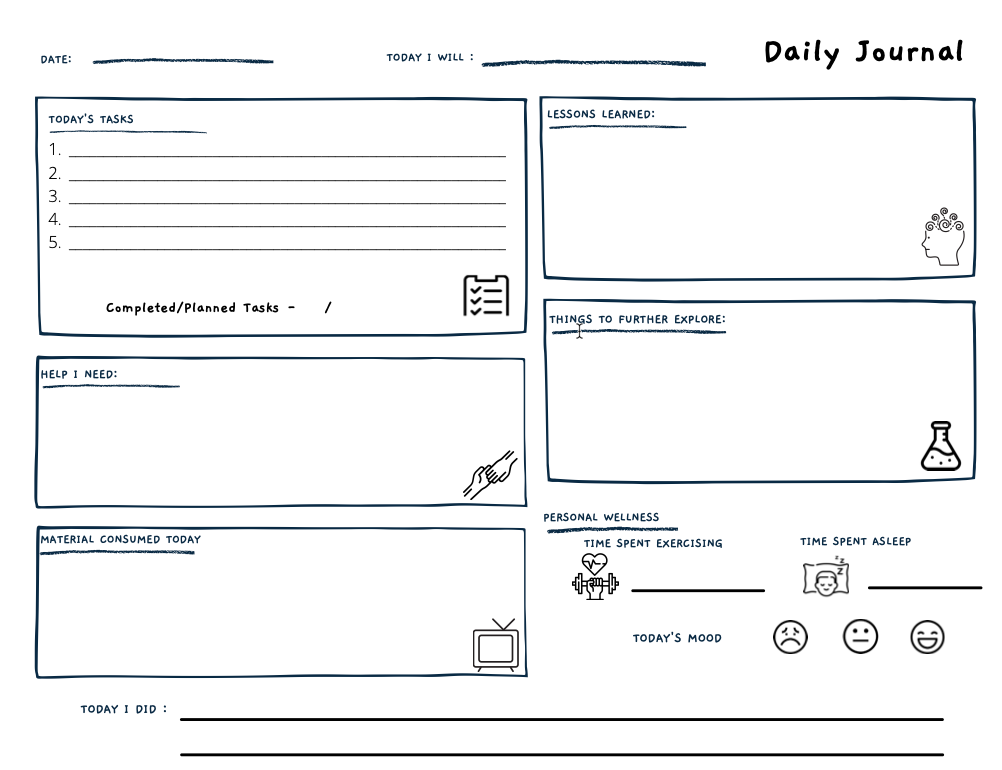
You don’t want to forget yourself! Maybe not all of your thoughts and ideas need to be recorded in your Enterprise Knowledge Management tool. You may want to track your personal well-being, the content you consume, or even off-the-wall ideas.
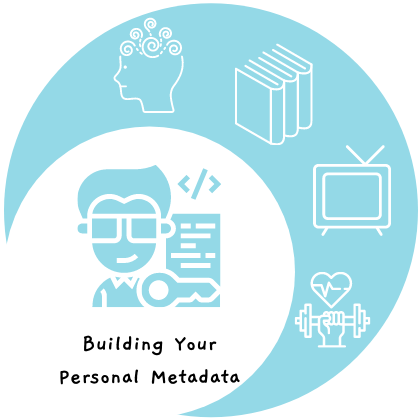
If you’re not ready to jump into Roam or Notion yourself but still want to make sure you have the basis for self-reflection – Check out the EyeCreality Journal – Building Your Personal Metadata. It’s a 12-week journal to help you decide what you want to track and what is essential for you!
Check out this article on the differences between a Personal Knowledge Management System and a Personal Productivity System. We talk about how to turn those personal insights into real-life automation.
Are you interested in applying these strategies in your search for enterprise productivity? Join our mailing list, and we will send you a starter template of all of the systems above so you can start implementing them today!
